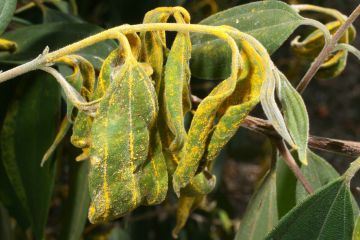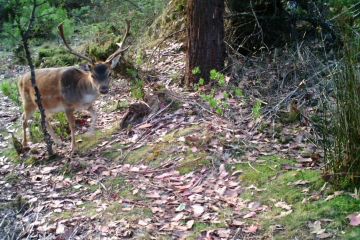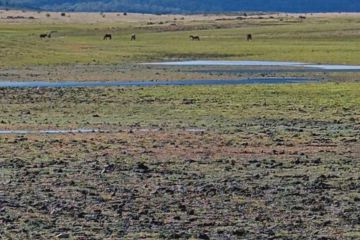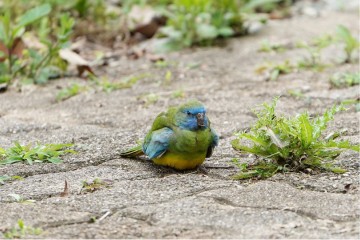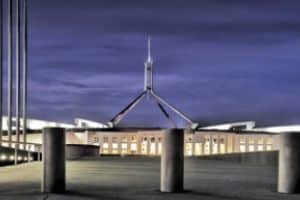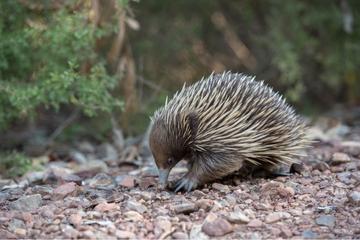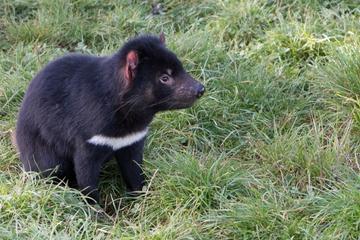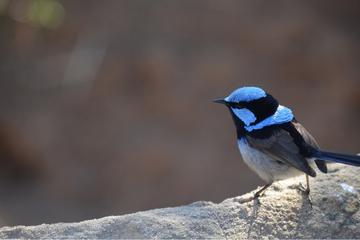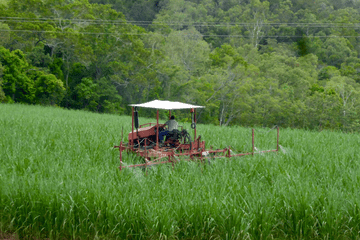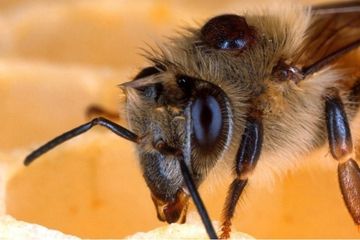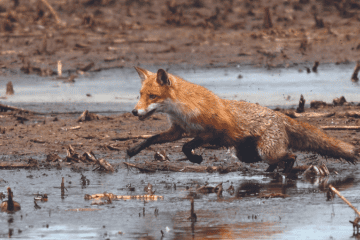
Incorporation of global biodiversity targets into Australia’s Strategy for Nature Submission
The Invasive Species Council welcomes action to ensure that targets from the Kunming-Montreal Global Biodiversity Framework (GBF) are incorporated into Australia’s national conservation agenda. However, we are deeply concerned about the draft Nature Strategy targets, as proposed in the discussion paper Updating Australia’s Strategy for Nature (February 2024).






